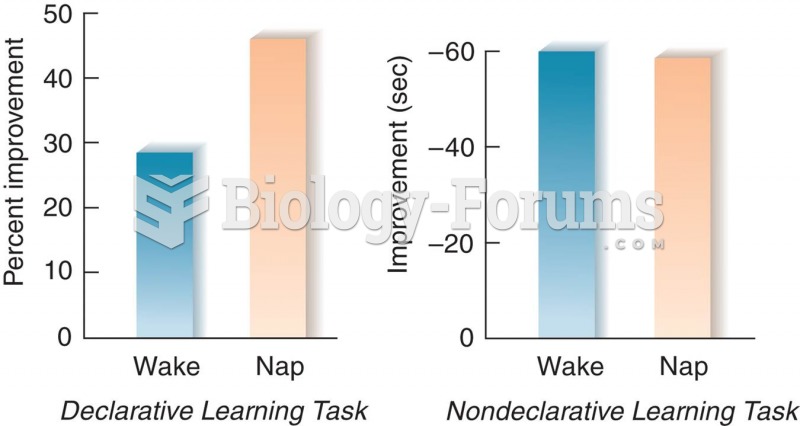|
|
|
The average human gut is home to perhaps 500 to 1,000 different species of bacteria.
Hypertension is a silent killer because it is deadly and has no significant early symptoms. The danger from hypertension is the extra load on the heart, which can lead to hypertensive heart disease and kidney damage. This occurs without any major symptoms until the high blood pressure becomes extreme. Regular blood pressure checks are an important method of catching hypertension before it can kill you.
The calories found in one piece of cherry cheesecake could light a 60-watt light bulb for 1.5 hours.
Street names for barbiturates include reds, red devils, yellow jackets, blue heavens, Christmas trees, and rainbows. They are commonly referred to as downers.
People about to have surgery must tell their health care providers about all supplements they take.
 Compared to a chimpanzee, the human newborn has relatively little room to spare as it passes through
Compared to a chimpanzee, the human newborn has relatively little room to spare as it passes through
 (A) Dilation stage: uterine contractions cause dilation of the cervix; (B) expulsion stage: birth, ...
(A) Dilation stage: uterine contractions cause dilation of the cervix; (B) expulsion stage: birth, ...





